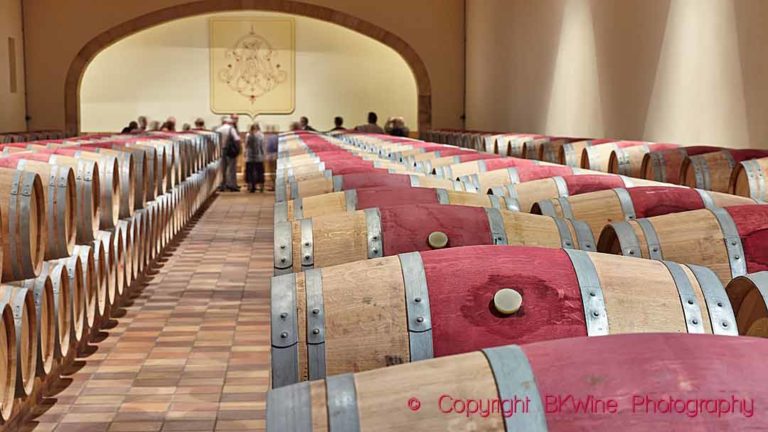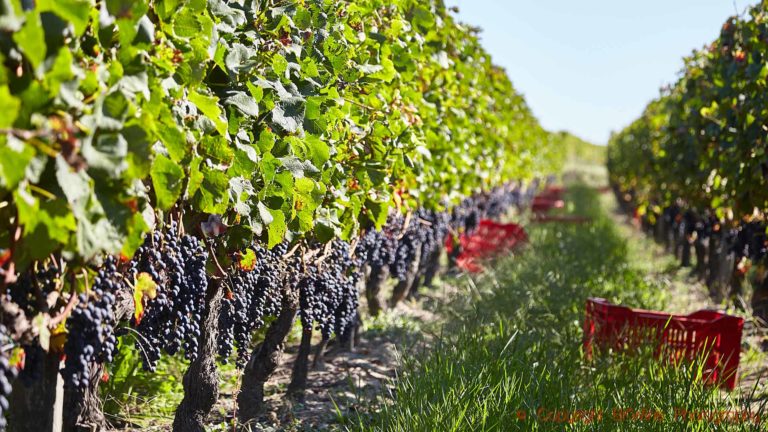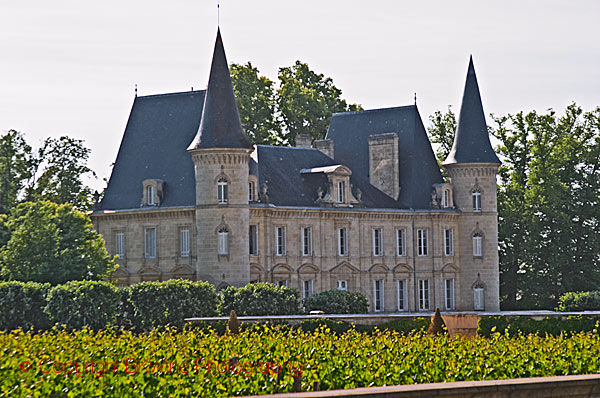Let the circus begin, ed. 2010
The week of the primeur tastings in Bordeaux is approaching fast. Next week it starts (first week of April – current week when this is published on the blog). Wine merchants and journalists will, during one week, taste and spit hundreds of Bordeaux wines of the new vintage 2010.
The wines that are being tasted are far from ready; they have barely finished their malolactic fermentation and will spend another 15 or 18 months or so in oak barrels before being bottled. But the big and famous châteaux in Bordeaux sell an impressive quantity of their production en primeur. Next week wine merchants are supposed to get an idea of the quality of the vintage and of the different chateaux so that they later on can decide what to buy. Prices will be released in May or June and starting now there will be, as always, a lot of speculations.
Pricing is a bit complicated. Often the chateaux release a certain amount of cases at a certain price and after a few weeks another batch is released, maybe at a higher price. And what determines the price? Well, to some extent points given by important wine journalists are taken into account. But more important, the chateaux probably know what they can expect from the market. We have seen some staggering increases in price during the last years but this is mostly from the most famous chateaux. A lot of very good chateaux (even some Grand Cru Classé) keep their pricing quite stable.
Wines difficult to taste
It is not easy to taste the primeur wines and judge the potential quality and taste. Bordeaux is a wine blended from different grape varieties and at the moment they are kept separately in the barrels. For the primeur tastings the cellar master makes a blend that resembles as much as possible the final blend (although some say that they instead make a blend that is easy to taste, but we don’t really know if that is true). The malolactic is sometimes not finished, or just finished, which doesn’t help and furthermore, the wine at this stage is not always very stable so it can matter when, during the week, you taste one particular wine.
But all these difficulties apart, of course you can get an idea of the quality and the characteristics of the vintage (maybe more difficult when it comes to individual chateaux). Anyway, for 2010, really all you have to do is read about the weather conditions and you know the vintage is successful.
And then you buy your favourite châteaux (if you can award them!)
A head start with Stéphane Derenoncourt
We tasted primeur wines already this week (last week, when this comes on the blog) here in Paris. Monday this week Bordeaux consultant Stéphane Derenoncourt invited to a tasting of 2010 from all the chateaux where he and his team work as consultants, in total over 100 chateaux and some domains from outside of Bordeaux and France. It is an impressive selection of big, famous names and less famous but very high class chateaux.
Stéphane Derenoncourt about 2010: “It was a year with a long and balanced growing season, giving grapes with aromatic intensity, good acidity and an exceptional ripeness. The only problem in the vineyard turned out not to be a problem at all. The cool weather during the flowering caused some coulure to occur but in the end that was a good thing because it naturally lowered the yield.”
Tasting notes on some 2010s
Some interesting wines of vintage 2010. Some new names, worth remembering.
Château Puygueraud, Francs – Côtes de Bordeaux
Very fruity, really easy to taste and juicy.
Château Puygueraud, Cuvée George, Francs – Côtes de Bordeaux
This wine is made of 45 % Malbec and 35 % Cabernet Franc (the rest is Merlot) so an exciting and unusual Bordeaux blend. The wine feels a bit old fashioned with a somewhat rustic feeling to it (but in a positive sense). Quite tannic and structured.
Château La Prade, Francs – Côtes de Bordeaux
A very fine structured wine full of finesse from 6 hectares of old Merlot.
Château Gigault, Blaye – Côtes de Bordeaux
Cuvée Viva. Very fruity and stylish from an very good terroir in Blaye.
Château Magdeleine Bouhou, Blaye-Côtes de Bordeaux
Good structure, soft tannins, classic style with 90 % Merlot and 10 % Malbec.
Château Clarisse, Puisseguin – Saint Emilion
The very first vintage for this chateau with a 5,30 hectare vineyard.
Château Haut Ballet, Fronsac
Generous fruit in this wine with a 100 % merlot.
Château Saint Paul, Haut-Médoc
Closed on the nose. Full of flavours and structure on the palate.
Château Vrai Canon Bouché, Canon-Fronsac
Fine fruit, elegant, good potential.
Château Côte Montpezat, Castillon – Côtes de Bordeaux
Cuvée Compostelle
“An exceptional vintage med good balance and freshness that makes you want to have another glass”, says owner Dominique Bessineau. And thhis wine is just like that, soft, round, fresh and with a certain elegance.
Domaine de l’A, Castillon – Côtes de Bordeaux
Very ripe, dark fruit, a bit sweet, seems very extracted.
Château des Fougères, La Folie, Graves
Nice fruit, easy to drink and elegant – the cool nights preserved the aromas and the freshness, in the whole of France, says owner Benoit Labuzan.
Château Berliquet, Saint Emilion Grand Cru Classé
Good, classic Bordeaux style.










